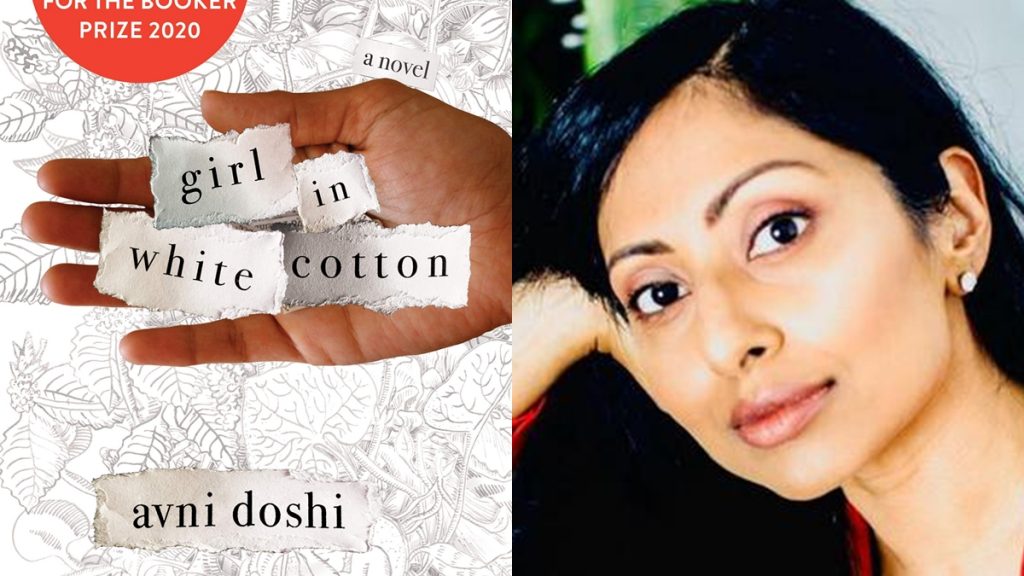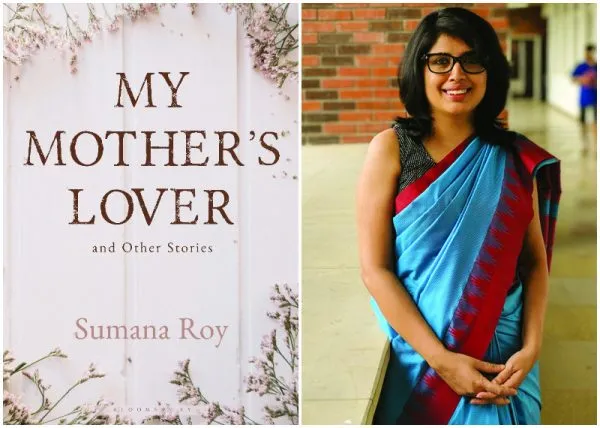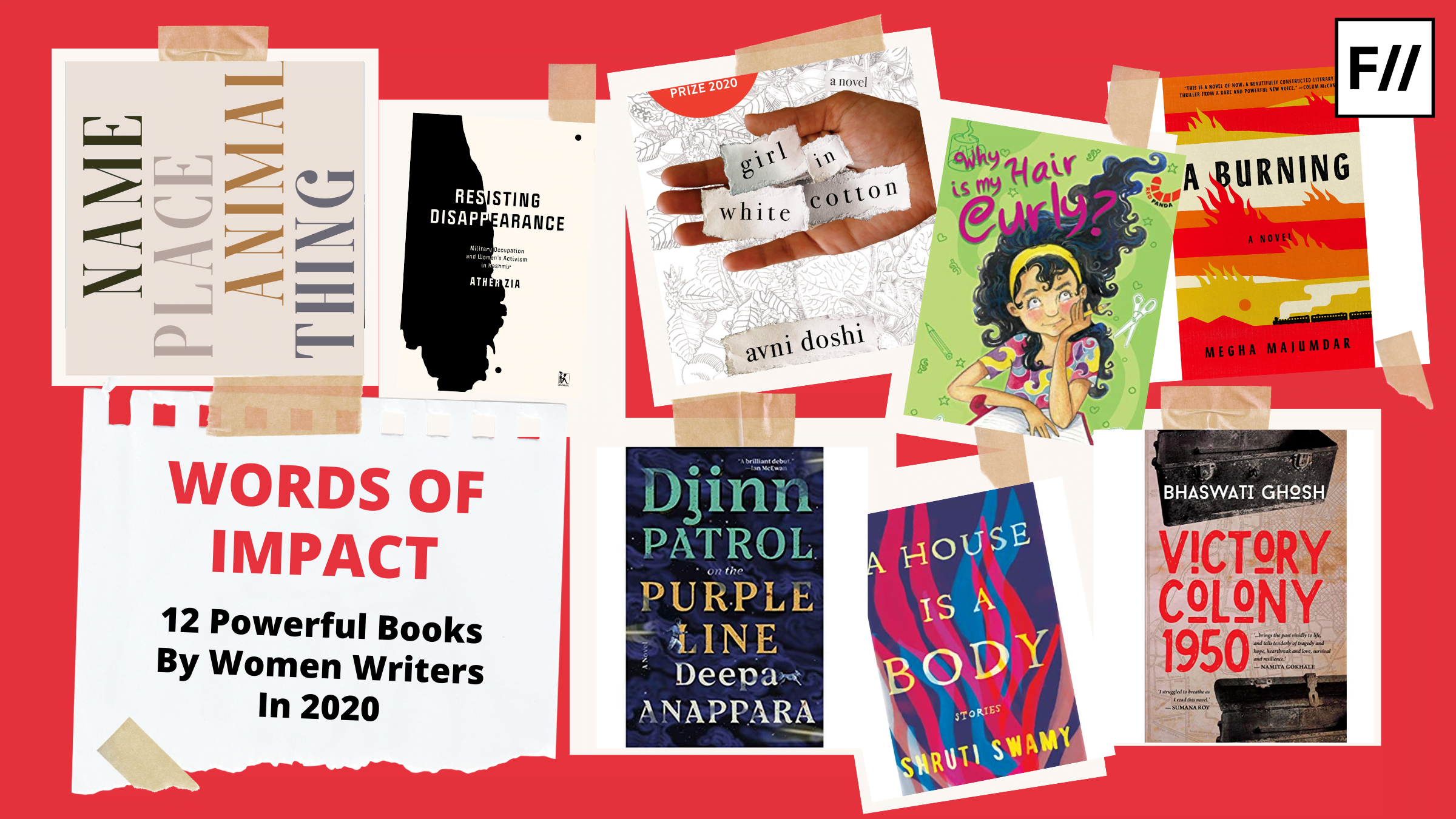It must be borne in mind that when it comes to writing by women, what we are dealing with is a small portion of what is going on in the cultural terrains of production, which is also dependent on transmission at large. Not only does it make one conscious of the limitations incurred by social status, politics of access, forms of expressions, it also makes one realise that women’s writings, therefore, must be imbricated within the politics which serves as the foundation of the very act. While the overwhelming presence of women writers in the Indian literary scene tends to sometimes create a complacence, even a casual dismissal, of the category ‘women writers’, it cannot be enough asserted that while writing from social, physical, cultural confines, exempting gender from one’s awareness would be a privilege that could barely be possible for most women writers in an Indian context.
As familiar ideologies are experienced, analysed and understood differently by women, it results in the creation of different subjectivities, even among women themselves, thus making women not just cultural constructs but experiential realities.
Without claiming to be exhaustive, this selection of books by women writers in 2020 reflects subjective understanding of a woman reader for whom these works in prose have appealed intensely as these defy homogenous understanding of Indian woman.
Without claiming to be exhaustive, this selection of books by women writers in 2020 reflects subjective understanding of a woman reader for whom these works in prose have appealed intensely as these defy homogenous understanding of Indian woman, laying bare the contradictions, contestations, compliances that Indian women are going through, being located within the intersectional grid of their realities.
Also read: Why Do We Need More Dalit Women & Dalit Queer Writer
1. Girl in White Cotton
One could begin with Avni Doshi’s Girl in White Cotton (Fourth Estate, 2019). Set in Pune, the novel chooses to create discomfort as it explores sensitivities of relationship between a mother and a daughter, of memory lost and revived, of comprehensions which make and unmake the goings-on in life.

2. These, Our Bodies, Possessed by Light
Equally enchanting is Dharini Bhaskar’s These, Our Bodies, Possessed by Light (Hachette India, 2019), a poetic prose that dwells on a household of inherited confusions. The narrative breathes a fresh lease of life to life-stories, reorienting events, scratching them out, and telling them again, in a way to weave stories within stories, transforming time into a canvas of imagination, making confusion more acceptable, more reliable, and a way for women to live in, and better all the more.
3. A House is a Body: Stories
Shruti Swamy’s A House is a Body: Stories (Algonquin Books, 2020), is a collection of stories which invigorate passionate engagement through its literary lilt, blending of fantastical and naturalistic storytelling, feeling and action, touching the most mundane in order to create an interesting momentum in the narratives presented by a writer who doesn’t shy away from experimentation. While bringing back the idea of nurture in relationships, the stories continuously question traditional understanding of gender roles, family relations and cultures.
4. My Mother’s Lover
Another stimulating short story collection which inspires the reader to be mindful of the mundane is Sumana Roy’s My Mother’s Lover (Bloomsbury India, 2019). In a poetic language, emblematic of Roy’s narrative panache, the book presents a trepid concoction of curious ailments that creates discomfort when the imaginative and the plausible blur their distinctiveness.

5. Victory Colony
Resistance against the norm has always marked the crux of women’s writings, where they have been found experimenting with the given. Bhaswati Ghosh’s Victory Colony, 1950 (Yoda Press, 2020) zooms into Amala’s life, a victim of Partition in the East, as she traverses through trying political conditions, displacement, self-fashioning, and finding companionship in a new land, thus, giving a fresh perspective to the genre of Partition fictions, where life is not just about rebuilding, but about refin(d)ing.
6. Resisting Disappearance: Military Occupation and Women’s Activism in Kashmir
Talking of resistance should allow us to ponder on Ather Zia’s Resisting Disappearance: Military Occupation and Women’s Activism in Kashmir (Zubaan, 2020). In documenting the lived realities of mothers and ‘half widows’, whose loved ones have disappeared in the on-going battle between the state and the society in Kashmir, this heart wrenching political critique looks into the acts and implications of the activists of ADPD in counteracting the dominant discourses of the state while trying to explore Kashmiri women’s life worlds and their agency in developing resistance through their expressions of pain and sufferings.
7. Women Speak Nation: Gender, Culture, and Politics
Panchali Ray edited Women Speak Nation: Gender, Culture, and Politics (Routledge, 2019) is likewise an intensive collection of interviews and articles, powered by an invigorating introduction by the editor which tries to develop a feminist rethinking of the idea of nation, its politics and people through readable, and most importantly, enjoyable criticality. This allows us to gauge what we have been doing about feminism and how.
8. Doing Feminisms in the Academy
In a similar mood one could peek also into Radhika Govinda, Fiona Mackay, Krishna Menon, Rukmini Sen edited Doing Feminisms in the Academy (Zubaan Books, 2020). This book is an important intervention at this juncture when feminisms seem to be a trendy term to be associated with, leading to engagements that often eschew the intensity with which the word and its implications entered societal places, especially institutions. It looks into the ways and consequences of doing feminisms especially within the bound of institutional politics.
9. Why is My hair Curly?
As we try to bridge practice with preaching, one might find Lakshmy Iyer’s Why is My hair Curly? (Red Panda, 2020) quite an interesting read. Interspersed with delightful illustrations by Niloufer Wadia, the book sensitively draws into the life of ten year old Avantika as she battles with her incorrigible curly hair, alleying through questions on genetics, family dynamics, adoption, identity formation.

10. Name Place Animal Thing
Daribha Lyndem’s Name Place Animal Thing (Zubaan, 2020) mirrors the old school game of the title as it trails the life of a young Khasi girl, through the politically charged Shillong, while she comes of age. Breaking into colloquial quite often, the novel creates an impact mostly garnered from fresh, easy, yet intensive narratives.
11. A Burning
To read the familiar in a sparklingly, unfamiliar way, one could pick up Megha Majumdar’s A Burning (Alfred A. Knoff, 2020). Flaunting an ingredient list that could fascinate as a novel emblematic of South Asia, this novel plays with psyche, philosophy, politics, language, and characters which infuse the text with an exuberance that is worth considering.
12. Djinn Patrol on the Purple Line
So is Deepa Anappara’s Djinn Patrol on the Purple Line (Random House, 2020). Set within the startling imbalances of a metro, the novel follows Jai, a nine year old, as he tries to trace the whereabouts of his friend, Bahadur. Locating the inquisitive confusion, that often engulfs the mind of child, the novel upturns complacent understandings of society and its vagaries.
Also read: We Need More Angry Women In Fiction: ‘Female’ Rage And Her Inner Worlds
As 2020 draws to a close, these works can fill your cosy and reflective winter-mind, while also revealing how the Indian literary scape is being prepared for the woman writer, interestingly, by the woman writer herself.
Disclaimer: This is by no means an exhaustive or representative list. Suggestions to add to the list are welcome in the comments section.
About the author(s)
Priyanka Chatterjee is a mother, researcher, and academic. She lives and writes from Siliguri. Her articles have appeared in Feminism in India, LiveWire, Himal Southasian, Sikkim Express, among others. She can be reached at site.surferpc@gmail.com and is on Instagram @priz_chatt





